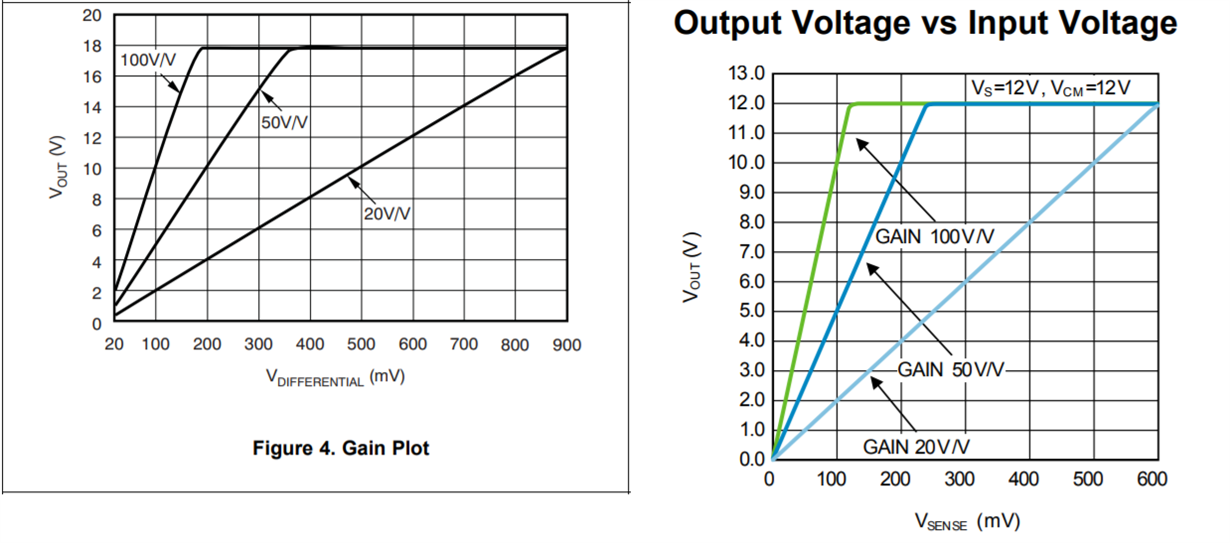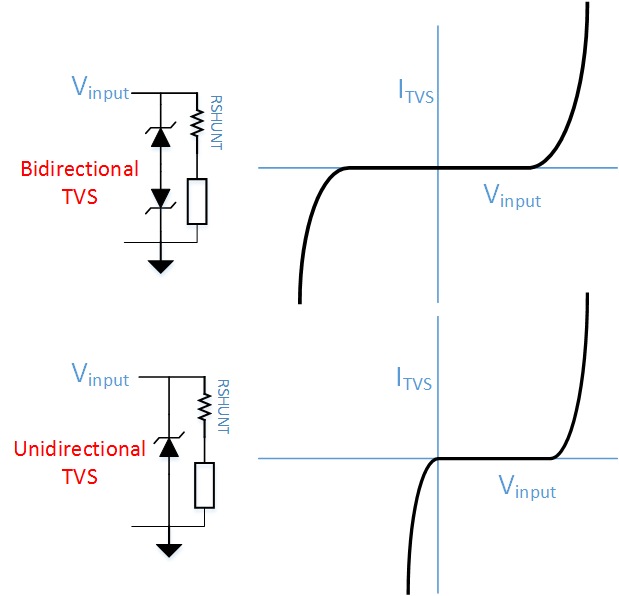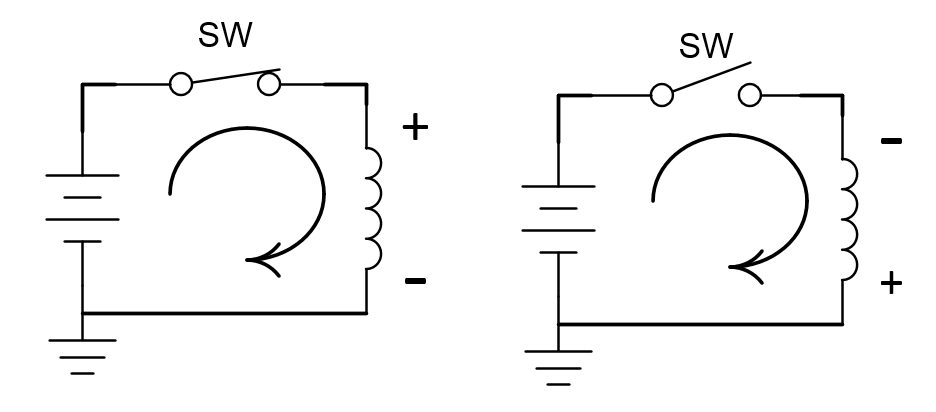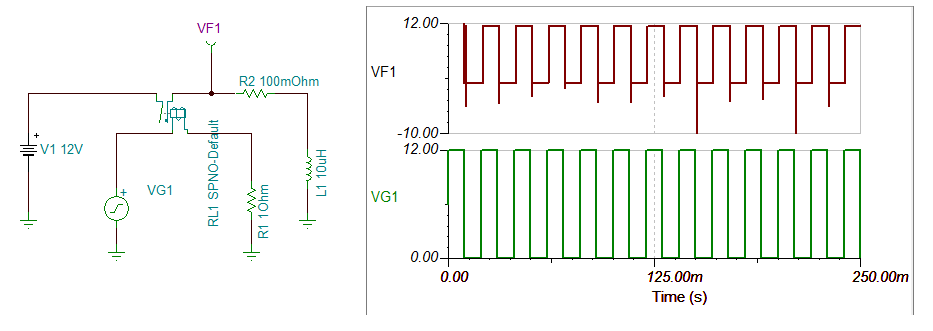Other Parts Discussed in Thread: INA200, INA240-Q1, LMP8640, INA203, INA206, INA240
Hello, I am working on a project that needs to monitor the current through a brushed DC motor (14V nominal - from automotive battery) in order to avoid damage to the motor when it gets stalled.
The motor is activated with relays and it has a nominal 15A current, the stall current is 100A.
I have looked at several devices and I am not sure which one is better suited for this application.
I am considering INA169 as it has high common mode voltage - I believe there will be high voltage peaks when starting the motor and moreover in automotive there may be other overvoltages like load dump.
One point that I am not sure about - what is the advantage/disadvantage of using a device with current output (like INA169) vs a device with voltage output (like INA200) ?
I am planning to use two 1mOhm sense resistors - with such a small value I believe both low side and high side sensing is OK, right ?
Another question is about the supply voltage to the chip, at INA169 I saw it can be powered either directly from the main voltage or from a low voltage (e.g. 5V). How should I choose between these two options ?
Are there other devices better suited for this application ?
Thank you,
Mihai





